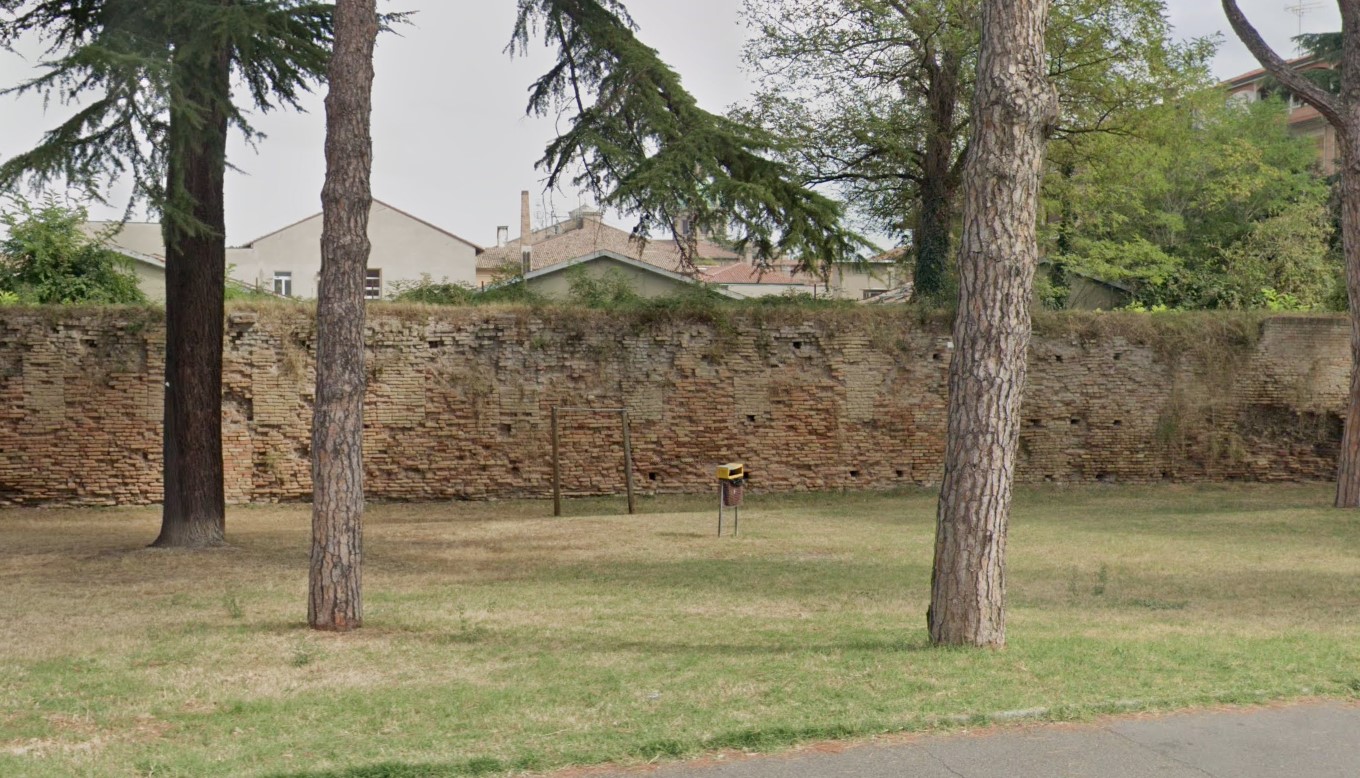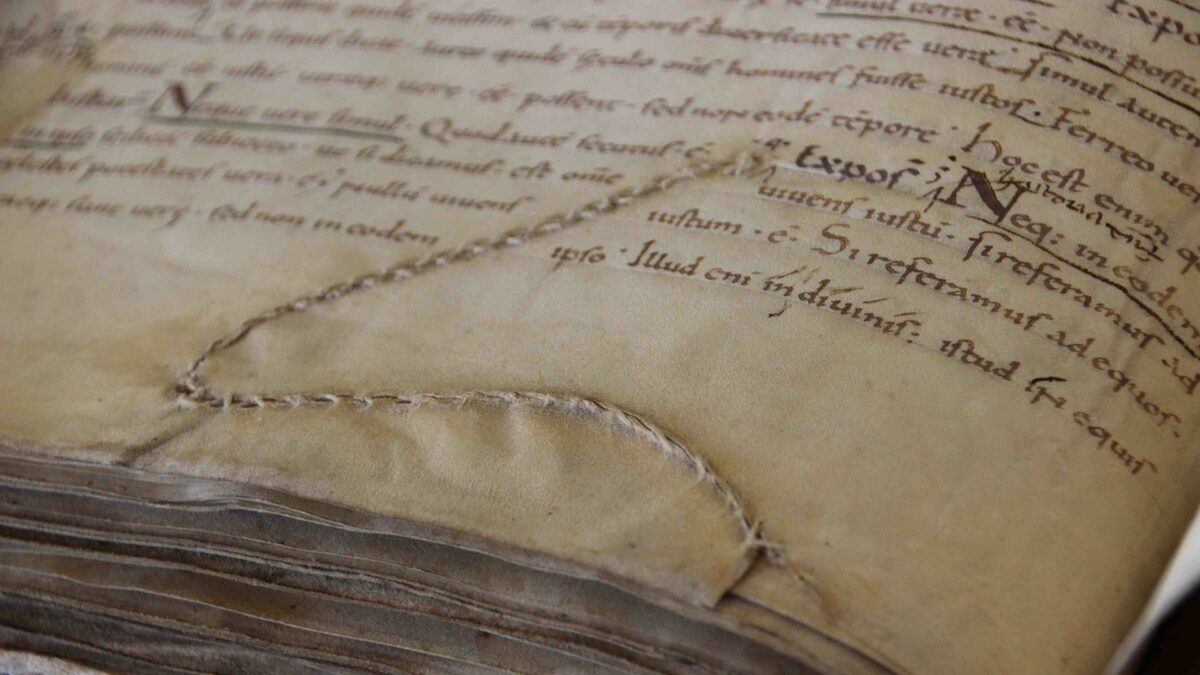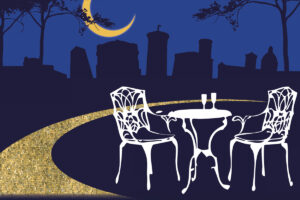In the vicinity of Ravenna’s historical center it is possible to find the parking lot of the Torre Umbratica: an access point used everyday by people who live in Ravenna, a place likely unknown for everyone else, which was yet so important during Antiquity, due to its proximity to the the city walls.
Some monuments in Ravenna, like the ancient walls, are perfectly integrated into the modern landscape.
Strolling around, you risk not noticing these bastions that for many centuries constituted the defences of a powerful city and that along with the swamps were fundamental for slowing enemy advances.

If you want to go for a walk, starting from the Mausoleum of Theodoric it is possible to stroll along the walls until the area adjacent to Porta Serrata: here, at the beginning of the 20th century, several gates and posterns (small entrances) which belonged to the ancient defences were still visible.
Today there are few remaining tracts of the urban walls built after 402, when the Western Imperial court chose Ravenna as its new capital, and were perhaps completed by King Odoacer towards the end of the 5th century.
In this area, among the hardly-visible lunettes, stands the Vincileonis postern: an opening (now walled in) that served as a passage towards the exterior for one of the numerous canals that traversed Ravenna in antiquity. It was a system that permitted access to the city that was also used for commerce and trade purposes, making the city similar to a small “Venice.”
The Vincileonis postern is mentioned by historian Agnello (800-850) in the 9th century, in his work Liber Pontificalis Ecclesiae Ravvenatis.

The author, writing about the sacred area of the city dedicated to Hercules in the Roman era, explains “The aforementioned basilica is located in the Herculean area. It is called Herculean because it was dedicated to Hercules, not far from the Porta Vincileone, which is called so because Vincilius built it.”
In the text the postern is remembered as a place close to where the basilica Herculis rose, a sumptuous building which was restored according to the will of Theodoric.
Agnello staes that the construction of the postern is attributable to Vincilius, from whom it acquired its name.
These traces of antiquity within the city, coexisting with canals, swaps, and the sea, are windows on the past and on our everyday life. They remind us of a history which is at times obscure, and at other times incredibly obvious, which is all too often ignored or observed only by tourists.








